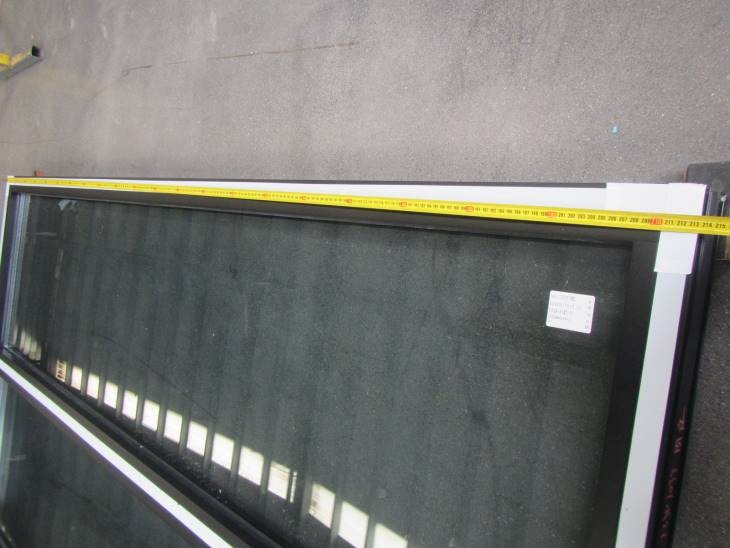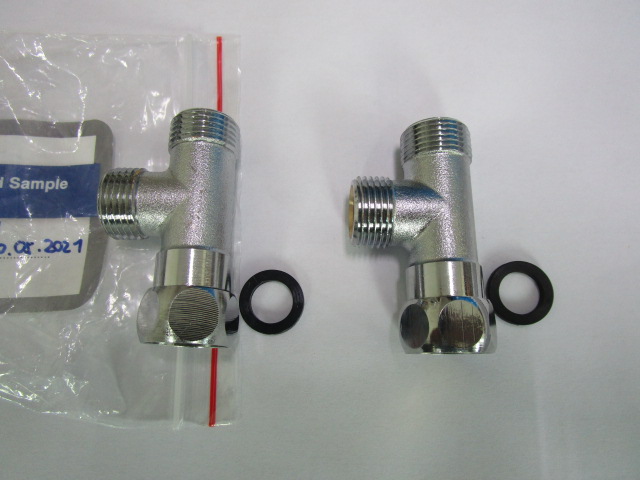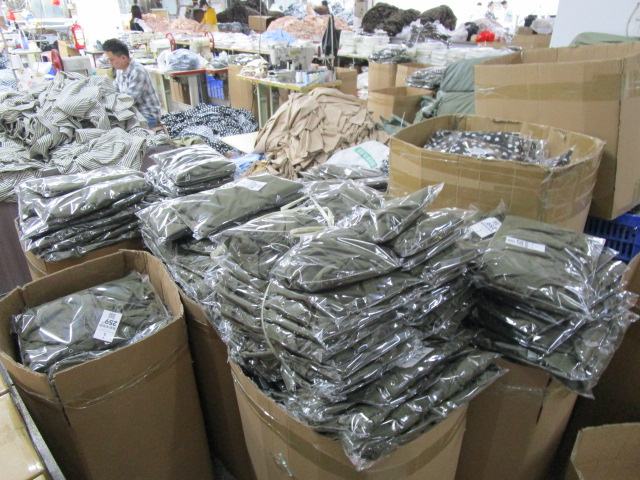
Sourcing products from China offers great opportunities for businesses around the world, but it also presents unique challenges—especially when it comes to quality control. One effective way to minimize risks and ensure that your products meet the desired standards is through a During Production Inspection (DPI). Conducting a DPI in China helps identify potential issues early in the manufacturing process, ensuring that the final product meets both your specifications and quality standards. In this article, we will explore the significance of during production inspections, the steps involved, and why it’s essential for businesses looking to import from China.

Contents
What is a During Production Inspection in China?
A During Production Inspection (DPI), also known as a middle-stage inspection, is conducted when the production of goods is underway but not yet completed. Unlike pre-shipment or final inspections, which happen when production is finished, a DPI allows quality control experts to assess the products while they are still being made. This inspection takes place after a significant portion of the goods has been manufactured, often when about 20-80% of production is completed.
The main goal of the DPI is to catch any issues or defects early in the manufacturing process so that corrective actions can be taken before production is completed, reducing the risk of defective or non-compliant products being shipped.
Why is During Production Inspection Important?
- Early Detection of Issues
The earlier problems are detected in the production process, the easier and cheaper they are to fix. By performing a DPI, you can identify defects, discrepancies in design, or material issues before production is completed, saving both time and money in the long run. - Prevent Delays and Costly Rework
Finding and fixing issues after production is completed can be costly and time-consuming, leading to delays and additional expenses. A DPI allows you to prevent such delays by addressing problems as soon as they arise, ensuring that the production timeline stays on track. - Verify Compliance with Specifications
A DPI ensures that the product is being manufactured according to the agreed-upon specifications, including quality standards, design, and functionality. Inspectors check if the materials used align with your requirements, and if the product is being produced as intended. - Ensure Consistency Across Orders
For businesses that place large orders or work with multiple suppliers, a DPI helps ensure that each batch of products meets consistent standards. Inspectors verify whether the production process is aligned with the agreed-upon quality benchmarks, ensuring consistency in product quality.
How Does During Production Inspection Work in China?
A During Production Inspection typically follows a structured process to evaluate the quality of products in production. Here’s what you can expect:
- Pre-Inspection Planning
Before the inspection takes place, the buyer and the inspection agency will discuss the specifics of the inspection. This includes the scope of the inspection, sample size, and any key quality criteria. Clear communication with the supplier about quality expectations is critical to ensure the inspection goes smoothly. - On-Site Evaluation
The inspection takes place at the manufacturer’s factory while production is ongoing. The inspector will evaluate various aspects of the manufacturing process, such as:- Product Quality: Checking for any visible defects in the products that have been produced up until that point.
- Material Verification: Ensuring the materials being used are as specified in the contract and meet the required standards.
- Workmanship: Inspecting the quality of the craftsmanship, including stitching, assembly, and finishes.
- Production Progress: Assessing whether the production process is on schedule and if there are any issues that may affect timelines.
- Sampling and Testing
Inspectors will take random samples of products from the production line and test them for functionality, durability, and compliance with the buyer’s specifications. Depending on the product, this could involve testing electronic components, checking packaging, or performing stress tests on materials. - Reporting and Recommendations
After the inspection, a detailed report is provided that includes the findings, any issues identified, photographs, and recommendations for corrective action. If problems are found, the buyer can work with the supplier to address them before the production process is completed. - Decision Making
Based on the findings from the DPI report, the buyer can make decisions about whether to approve the current batch, request improvements, or delay production until the issues are resolved.
Key Aspects of During Production Inspection
- Sample Size and Selection: Inspectors follow international standards, such as ISO 2859-1, to select a random sample size that represents the entire batch, ensuring accurate results.
- Quality Control: A thorough inspection of key product features, including dimensions, materials, functionality, and overall appearance.
- Production Line Assessment: The inspector evaluates how the production line is running, checking for any inefficiencies or potential bottlenecks that could delay the order.
- Regulatory Compliance: Ensuring that the product complies with relevant industry standards, regulations, and safety requirements for the target market.
Benefits of Conducting a During Production Inspection in China
- Cost Savings
By identifying defects early in production, you can prevent costly mistakes, rework, and delays that would otherwise arise from catching issues only at the end of production. This can result in significant savings. - Increased Supplier Accountability
Conducting a DPI holds suppliers accountable throughout the production process, encouraging them to maintain high-quality standards and comply with your specifications from start to finish. - Faster Decision-Making
The early-stage inspection provides you with the necessary information to make decisions quickly, such as whether to proceed with production, make adjustments, or reject the batch entirely. - Higher Product Quality
By monitoring quality at multiple stages of production, you can maintain consistent product quality, ensuring that the final goods meet the required standards and perform well in the marketplace. - Better Supply Chain Control
Regular inspections during the production process give you greater visibility and control over your supply chain, enabling you to address potential issues before they escalate and ensuring smoother operations.
Conclusion
A During Production Inspection (DPI) in China is a vital tool for businesses aiming to maintain high product quality, minimize risks, and ensure compliance with specifications. By addressing quality issues early in the production process, companies can avoid costly mistakes, improve their relationships with suppliers, and ensure that the final products meet customer expectations. Whether you are sourcing electronics, clothing, or consumer goods, a DPI offers peace of mind and ensures that your business remains competitive in a global marketplace.
If you’re looking to source products from China, consider partnering with a professional inspection agency to conduct a thorough during production inspection. It’s a proactive, cost-effective way to ensure the success of your import business.




